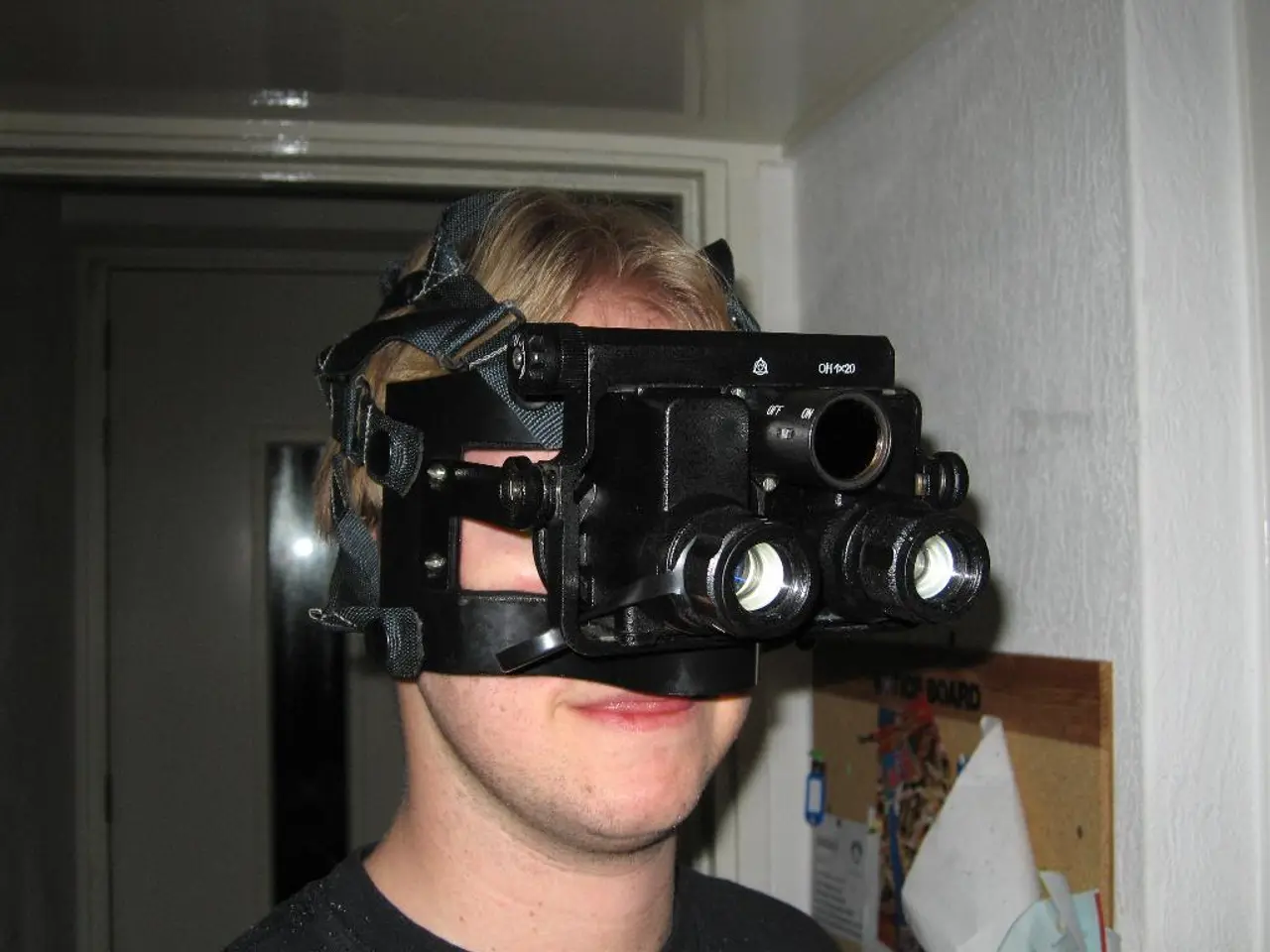Immersion Therapy for Social Anxiety via Virtual Reality: Evaluating Practicality and User Experience Study
In a recent study, the feasibility and potential benefits of Virtual Reality Exposure Therapy (VRET) for Social Anxiety Disorder (SAD) were explored. The study focused on the usability, feasibility, and presence of four 360° virtual environments in patients with SAD.
The research involved a total of 20 participants, with 10 adults diagnosed with SAD and 10 healthy controls, aged between 21 and 32 years. Half of the participants were male.
The study aimed to determine if these virtual environments could evoke anxiety in patients with SAD. The results showed that participants with SAD experienced increased anxiety when exposed to VR, with significant differences in anxiety levels during exposure being found in 2 out of 4 environments (P=.01, P=.01).
Despite this, the 360° virtual environments were considered relevant and useful as an exposure tool for patients with SAD. Participants with SAD reported significantly higher average anxiety levels during exposure compared to controls (P=.01). Interestingly, some participants with SAD experienced a reduction in presence due to being observed while in VR and in situations with reduced interaction in VR.
The study also found that the VRET program, designed with graded exposure in culturally relevant social scenarios, led to significant reductions in social anxiety immediately after therapy in both the general population and individuals diagnosed with SAD. However, individuals with SAD experienced some increase in social anxiety at the two-week follow-up, suggesting the need for repeated or ongoing sessions to maintain gains.
The user experience was rated positively for usability, safety, and acceptability, supporting the feasibility of VRET in diverse settings, including developing countries. VRET offers a controlled, customizable, and safe environment for exposure, overcoming logistical and ethical limitations of traditional in vivo or imaginal exposures while replicating realistic social situations.
The study used a mixed methods triangulation design, combining questionnaire and interview data to analyze and compare the data collected from participants with SAD and healthy controls. Participants with SAD scored significantly lower on presence scores compared to controls.
In conclusion, the study supports the feasibility and initial efficacy of VR-based exposure therapy for SAD, especially as part of comprehensive Cognitive-Behavioral Therapy (CBT) approaches. Ongoing development and larger-scale trials are warranted to enhance its effectiveness and ensure durable symptom reduction.
Future research is recommended to explore means of increasing presence within the virtual environments and the clinical application of VR-based exposure for SAD. VRET is a valuable emerging tool for social anxiety treatment, addressing barriers such as access, safety, and personalization that limit traditional exposure methods.
The use of eye tracking technology in future studies could provide insights into the anxiety levels and focus of patients with Social Anxiety Disorder (SAD) during Virtual Reality Exposure Therapy (VRET), contributing to the advancement of health-and-wellness and mental-health research in this field.
As the benefits of VRET for SAD are further investigated, integrating eye tracking technology could offer a scientific approach to measure the effectiveness of VRET, potentially leading to improved mental health outcomes.




